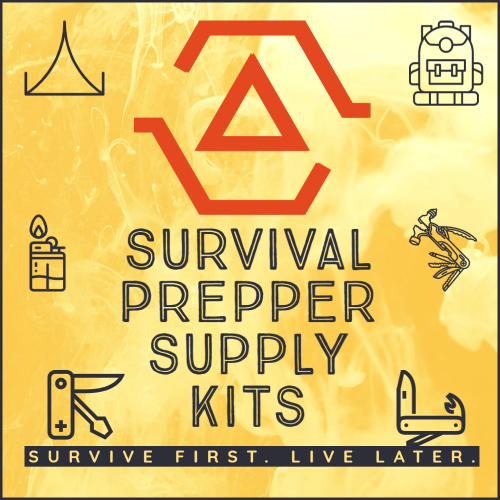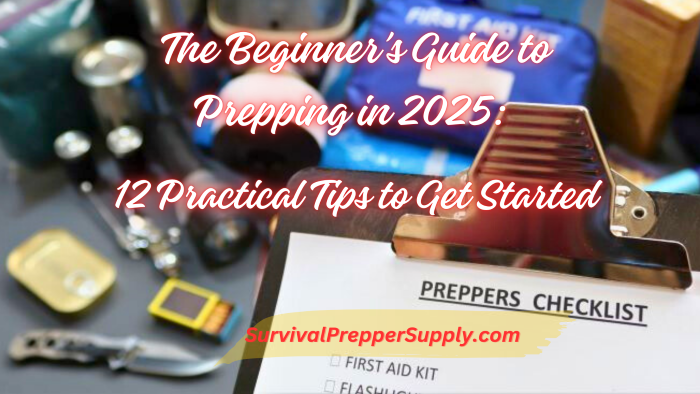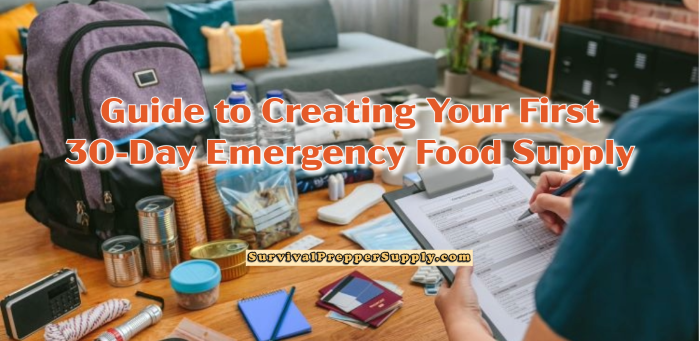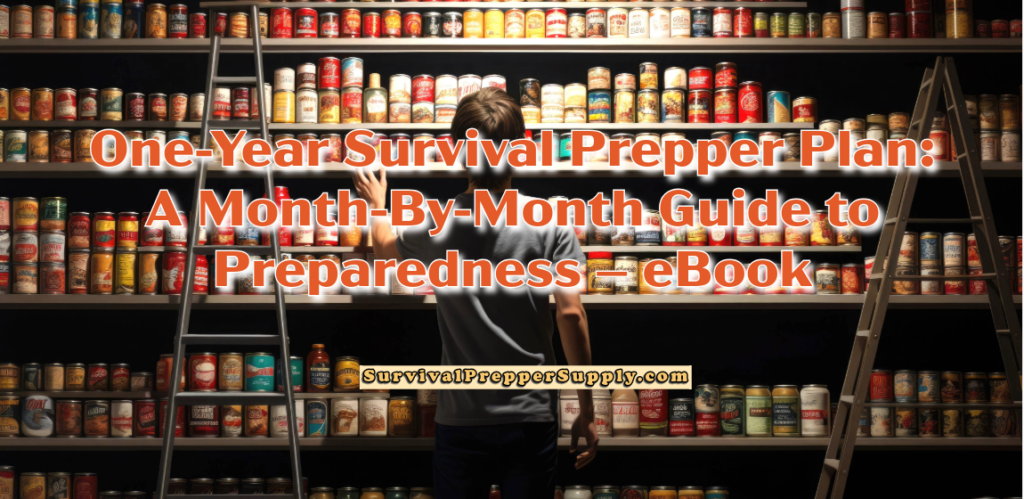Survival Prepping 101 Series Part 3: Start Storing the Appropriate Types of Food

As a newbie
Please note that this post contains affiliate links, meaning I will get a small commission for qualifying purchases at no extra cost to the buyer.
It is important to have a supply of items that can be used in any sort of survival scenario, regardless of whether you have access to electricity. That implies having items in your residence as well as those that you can carry with you as you evacuate, also known as a “bug-out” bag.
Related – The Ultimate Bug-Out Bag Guide: Your Comprehensive Disaster Preparedness Companion
Choosing foods that are essential for survival involves numerous factors. It’s not just about which items are for sale in large quantities or those that will keep for a long time.
Read this – How To Make Bread Last For Up To 5 Years
During a severe survival situation, it is crucial to consider the preferences of each team member to maintain high spirits. Additionally, you must consider the calorie needs of all individuals to attest,
The Purposes of Emergency Food Supply
There isn’t a one-size-fits-all approach to storing emergency rations. However, there are a few things to keep in mind when selecting what to store. The primary goal behind undertaking this endeavor is to provide enough food for each member of your family, including pets, to meet their daily calorie requirements and remain in good health.
This should certainly be a top priority for you. You don’t want to invest in low-calorie foods that are insufficient to meet the caloric demands of each individual. There are certain foods you can purchase that are more calorie-dense, such as nut butters like peanut butter or almond butter.
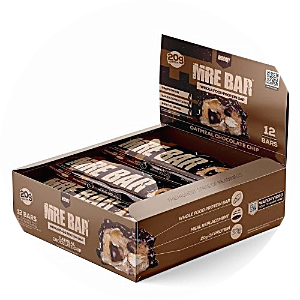
These MRE Protein Bars are perfect for a high-protein meal while on the go that’s loaded with proper nutrition made from whole food animal protein and won’t make you feel overfull.
These high protein bars have MCT coconut oil, a meager 6g of sugar, and a healthy ratio of 29g of carbohydrates and 20g of protein that’s balanced with 9g of fats.
There are even survival bars that provide a burst of energy and contain all the nutrients you require. Unfortunately, they are not pleasant to eat, serving only to ensure the basic requirements of your body.
It’s also essential to consider the expiration date of the food and the psychological satisfaction and comfort people derive from their meals, particularly in emergency situations.
Read this – The Complete Guide to Growing Food in Buckets
Pay attention to the taste of the meals – purchase some of your family’s favorites, as well as a range of other options. You don’t want to provide the same dish of rice and beans daily for an extended period.
While purchasing food items, don’t forget to include necessary spices. They will enable you to transform the taste of the food completely, thereby improving the mood of individuals in a survival scenario.
It’s also important to consider foods that make people feel comfortable. For instance, something cool and refreshing on a hot summer day or a warming meal during a cold-weather emergency can make a difficult situation more bearable.
Read this – 7 Things I Wish I Knew Before I Got Pigs
Picking Foods That Have a Long Shelf Life
Shelf life is also very important. If your food doesn’t last, it won’t do you any good, even if it meets the caloric needs or comfort needs of your family. Many people start their survival food supplies with canned goods.
These are a great investment because they are small and affordable. However, keep in mind that they only last a couple of years, which is far less than some of the specific survival foods on the market.
Related – Top 10 Survival Prepper Foods to Have on Supply in an Emergency
You can get a variety of foods, though. These range from canned pastas to vegetables, canned meat to fruits, and more. It gives your body a mix of nutrients and your taste buds some variety, too.
In addition to canned goods, you also want to make sure you have plenty of dry or dehydrated foods on hand. This can be staple foods like beans, rice, and pasta. Or you can get dehydrated fruits and vegetables – or even meat to snack on.
There are plenty of survival foods that come ready to store and meet your caloric needs, too. Many preppers buy MREs (meals ready to eat). This is what the military gives soldiers.
These are individual meals that come in a variety of flavors, and they often include some sort of main meal as well as a small side item or dessert with a flavored drink pack.
It even includes a heating element when necessary. With MREs, you’re getting a longer shelf life that can last ten years or more. Be sure that you check the expiration dates before purchasing any for your family.
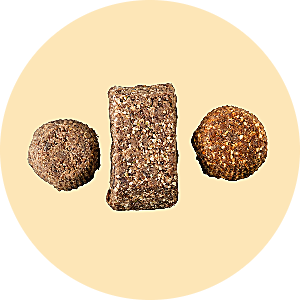
There are also many survival food supply manufacturers that will ship containers of food to your home that will last you 25 to 30 years. These will usually be buckets of food supplies that have dehydrated foods in them, such as eggs, vegetables, beef, and more.
You can purchase these in containers that will last one person an entire month or in packages that will serve one person’s needs for as little as 72 hours. You can also buy them for different purposes, such as breakfast meals, lunches, or dinners.
Storing Your Survival Food Safely
Food storage is a very important consideration of what you will be purchasing. You want things that are easy to store and that take up less space, but the packaging must be Immaculate so that no pests or spoilage can occur.
Many of the readymade survival foods come in packaging that is already in airtight containers. For example, the food buckets are sealed to prevent any type of mishap, as are the MREs.
Related – Bushcraft – Part 2 Gathering & Preparing Foods in the Wilderness
If you are purchasing your own products, you want to make sure that you’re not just putting items in a container with others. Oftentimes, people will bring home something from the store that is already contaminated with weevils, and it will ruin the rest of your supplies.
Make sure you invest in some vacuum-sealed bags or mylar bags so that you can store things in an airtight container that is resistant to moisture and pests. Then, store your food in a cool and dry location that is not subject to harsh sunlight.
Shopping Smart for Survival Food
When shopping for your survival foods, you have to check your current supplies so that you can rotate out anything that is set to expire. This is why it’s important to purchase foods that your family already enjoys so that you can use them up instead of wasting money on things you would only eat in a survival situation.
Related – S.M.A.R.T. Plans for Survival Preppers, Part I
Related – S.M.A.R.T. Plans for Survival Preppers, Part 2
Many people like to invest in ready-made survival foods, and those can be more expensive than what you find in the store. If you are shopping locally, you want to shop smart whenever there are bulk deals or sales happening so that you can get more for your money.
You may also want to shop for items that are not brand name. Purchasing a store-brand item is going to save you money and allow you to buy more survival food supplies or other supplies that you need so that you’re not wasting money on a label.
Stocking up on food is something that brings peace of mind to survival preppers. Even during the pandemic, many store shelves were stripped as people hunkered in at home, and that was a mild event compared to other things that could happen.
Read Next – Survival Prepping 101 Series Part 4: Put the Essentials in Your Bug Out Bag
I’m the daughter of 2 original survivalists who moved from the north to sunny Florida. My mother, along with her parents, bought 30 mostly uncleared acres in 1938. The first home was made of pecky-cypress and built by a house-raising. My mother raised 10,000 chickens.
My divorced mother met and married my father in 1948. From pine trees on our property, he hand-built a log cabin. He also built a tarpaper-lined 65’x45′ pool with duck pond overflow. We had an artesian well for our water and powering our hand-built waterwheel for the pool. He built a substantial cantilevered roof workshop with a car pit in the massive cement floor.
Since my early teens, I have read a ton of books about survival, prepping, the bomb, an apocalypse, homestead living, and SHTF situations. As an adult, I continue to read sci-fi, survival prepping, and science. I practice a prepper lifestyle albeit a bit modified, read a lot, buy a lot, pack/store a lot of anything survival related.
Read my About Me post for more details on our self-sufficient living. I lived there until I went to college in 1968.
My SurvivalPrepperSupply.com blog strives to educate individuals on coping with natural and human-caused disasters using article posts about preparing for emergencies.
